homemade dog food amount
Homemade Dog Food Amount
When it comes to feeding your dog homemade food, the amount you feed them will depend on a few factors, including their age, weight, activity level, and overall health.

Here is a general guideline for how much to feed your dog per day:
- Puppies: 2-3% of their body weight
- Adult dogs: 1-2% of their body weight
- Senior dogs: 1% of their body weight
Of course, this is just a starting point. You may need to adjust the amount you feed your dog depending on how they are responding to the food. If your dog is gaining or losing weight too quickly, you may need to adjust their food intake accordingly.
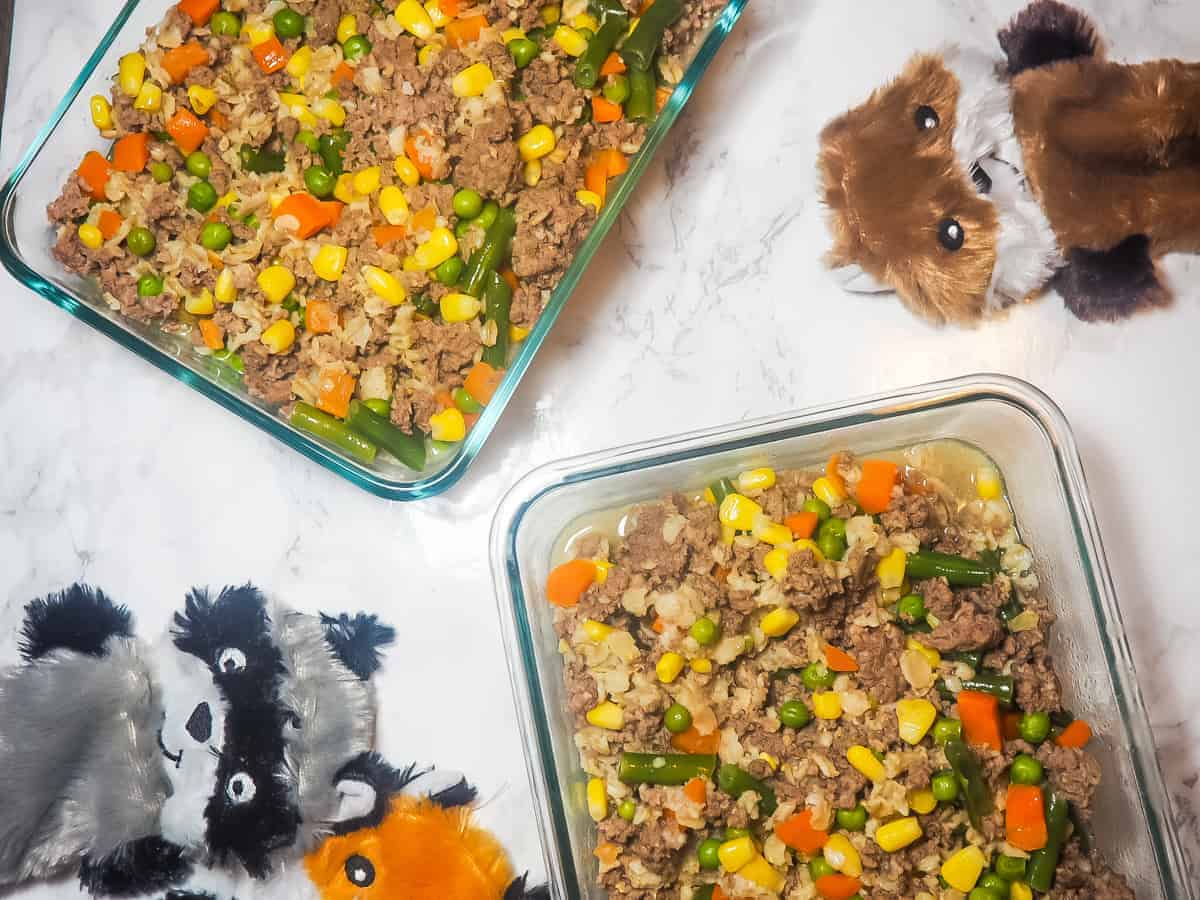
It is also important to remember that dogs need to eat a variety of different foods in order to get the nutrients they need. A homemade diet should include a variety of meats, vegetables, and fruits. You can also add supplements to your dog's food to ensure they are getting all the nutrients they need.
If you are unsure how much to feed your dog or what foods to include in their diet, it is best to consult with a veterinarian. They can help you create a diet that is specific to your dog's individual needs.
How to Calculate Your Dog's Daily Food Intake

To calculate your dog's daily food intake, you will need to know their weight and activity level. You can then use the following formula:
- Daily food intake (in cups) = Dog's weight (in pounds) x Activity level factor
The activity level factor is a number that represents how active your dog is. The following is a guide to activity level factors:
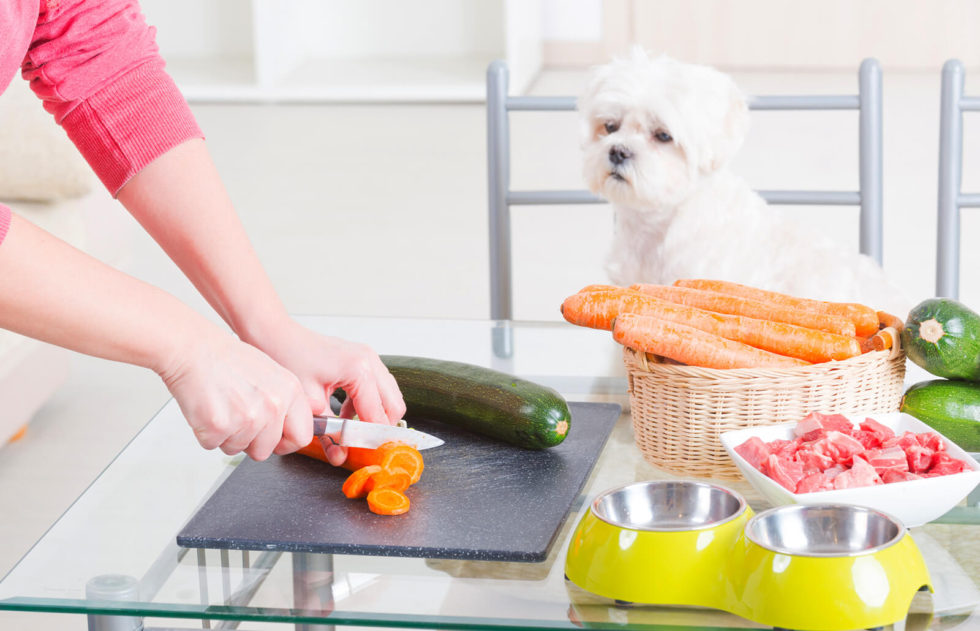
- Sedentary: 1.0
- Moderately active: 1.5
- Very active: 2.0
Once you have calculated your dog's daily food intake, you can divide that number by the number of meals you plan to feed them each day. This will give you the amount of food to feed them per meal.
For example, if your dog weighs 10 pounds and is moderately active, their daily food intake would be 10 x 1.5 = 15 cups. If you plan to feed them twice a day, you would feed them 15 / 2 = 7.5 cups per meal.
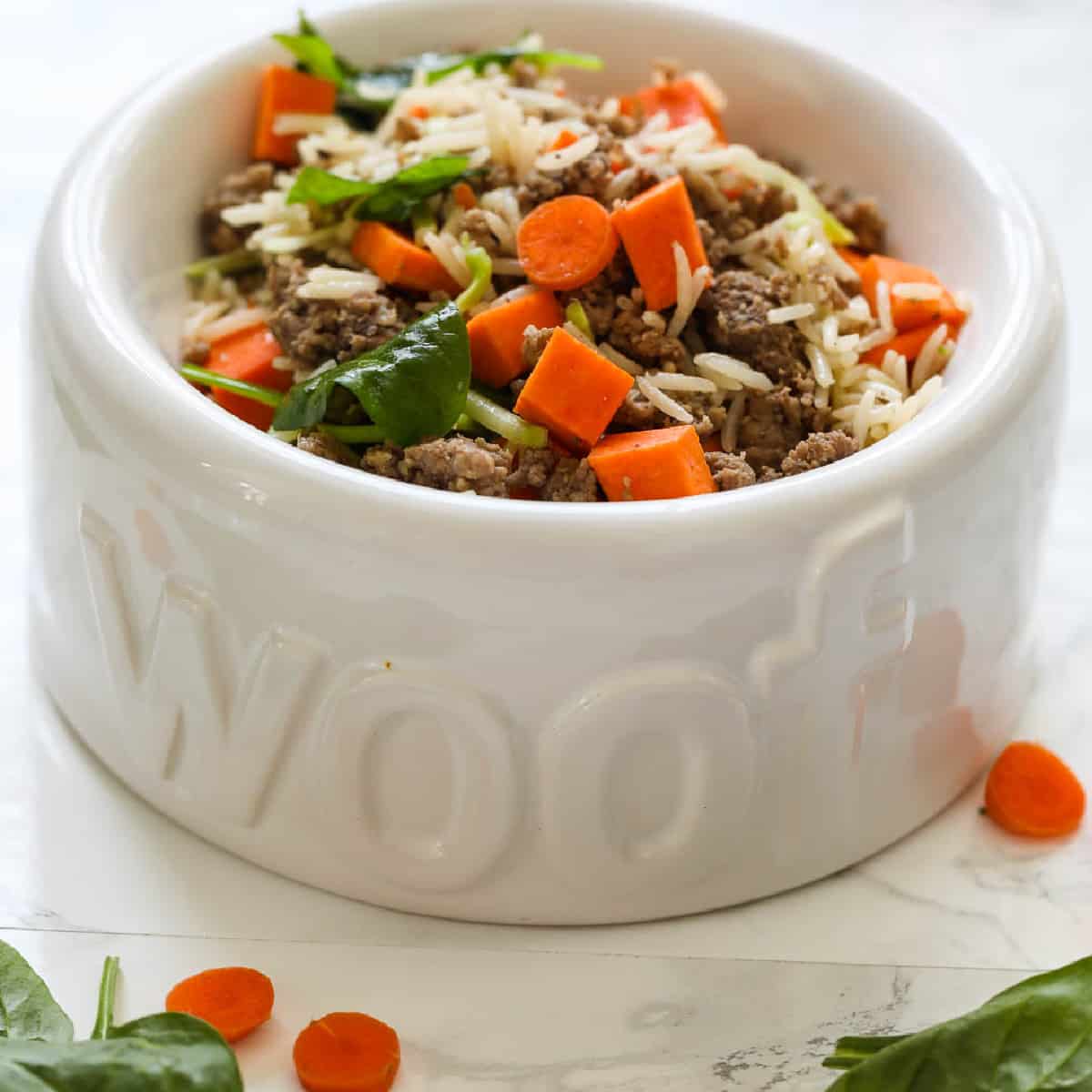
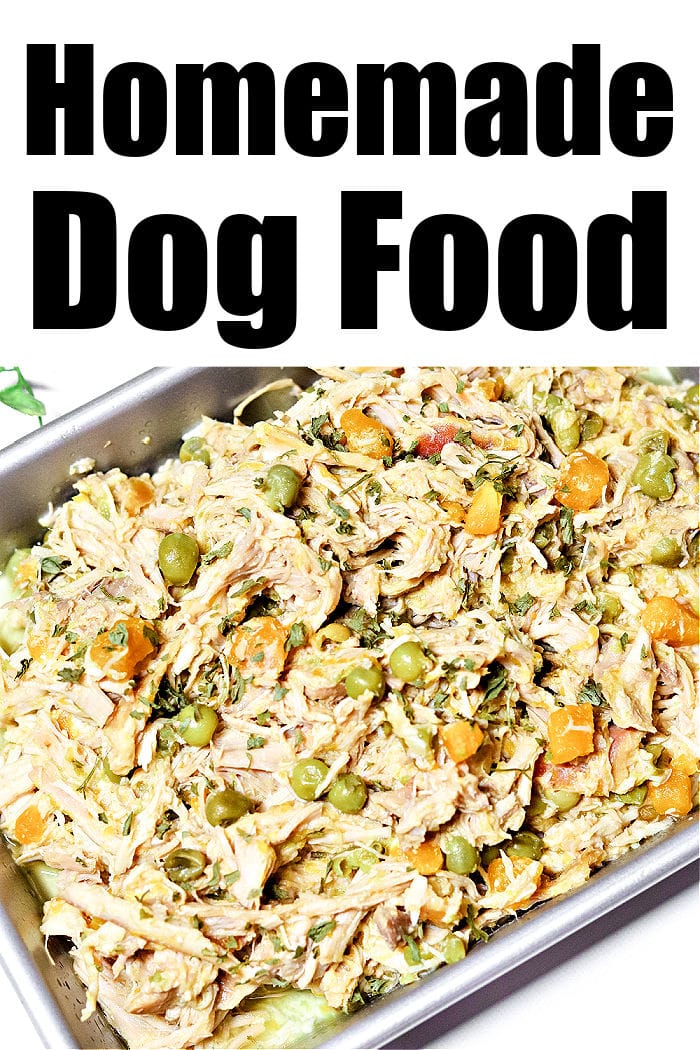
Keep in mind that this is just a general guideline. You may need to adjust the amount of food you feed your dog depending on how they are responding to the food. If your dog is gaining or losing weight too quickly, you may need to adjust their food intake accordingly.
What Foods to Include in Your Dog's Homemade Diet
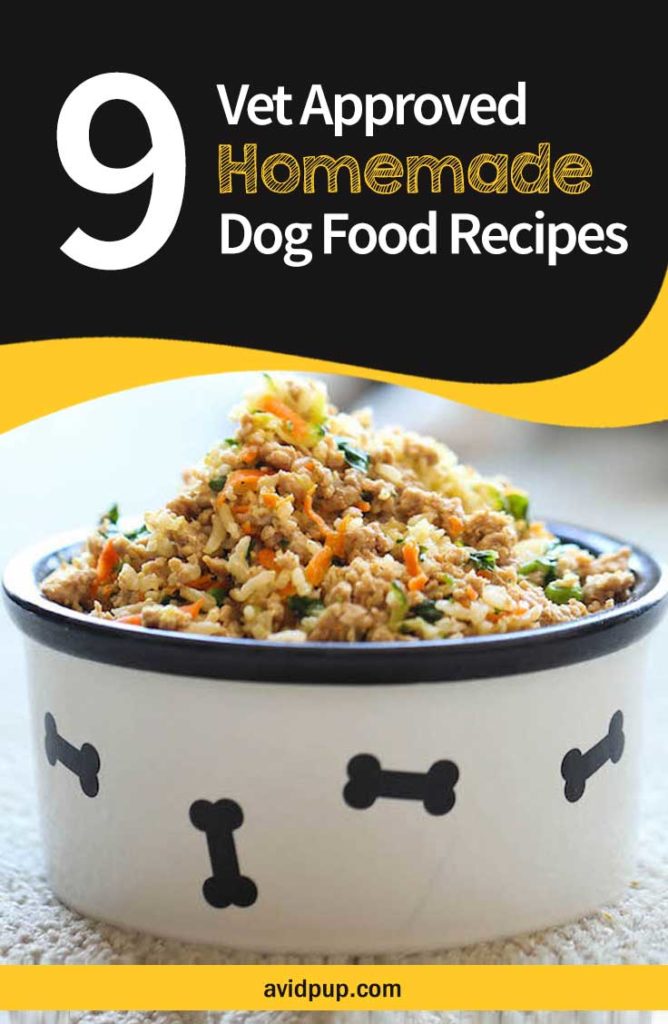
When it comes to choosing foods for your dog's homemade diet, there are a few things to keep in mind. First, make sure to choose foods that are high-quality and nutritious. Second, avoid foods that are high in fat, sugar, or salt. Third, make sure to include a variety of different foods in your dog's diet so that they get all the nutrients they need.


Here is a list of some of the foods that you can include in your dog's homemade diet:
- Meats: Beef, chicken, pork, lamb, fish, eggs
- Vegetables: Carrots, peas, broccoli, spinach, zucchini, sweet potatoes
- Fruits: Apples, bananas, oranges, berries, melons
- Grains: Brown rice, oatmeal, barley, quinoa
- Oils: Olive oil, coconut oil, flaxseed oil
- Supplements: Vitamins, minerals, probiotics

When choosing foods for your dog's homemade diet, it is important to consult with a veterinarian to make sure that the diet is appropriate for your dog's individual needs.

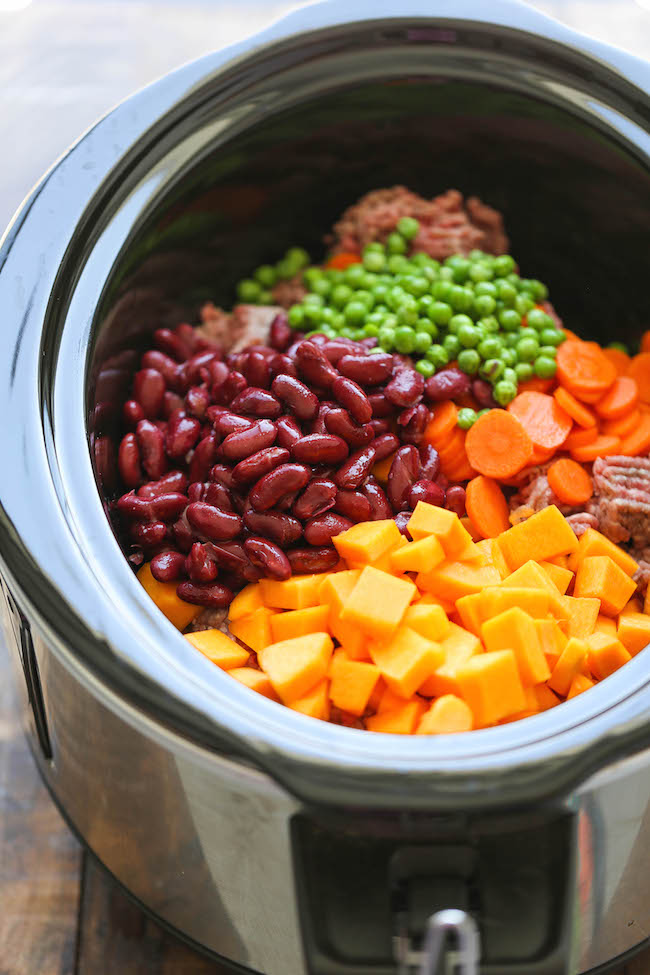
Tips for Making Homemade Dog Food
Here are a few tips for making homemade dog food:

- Start by choosing a recipe that is appropriate for your dog's age, weight, and activity level.
- Use high-quality ingredients that are fresh and unprocessed.
- Cook the food thoroughly to kill any bacteria.
- Store the food in airtight containers in the refrigerator or freezer.
- Serve the food at room temperature.
- Make sure to provide your dog with plenty of fresh water to drink.
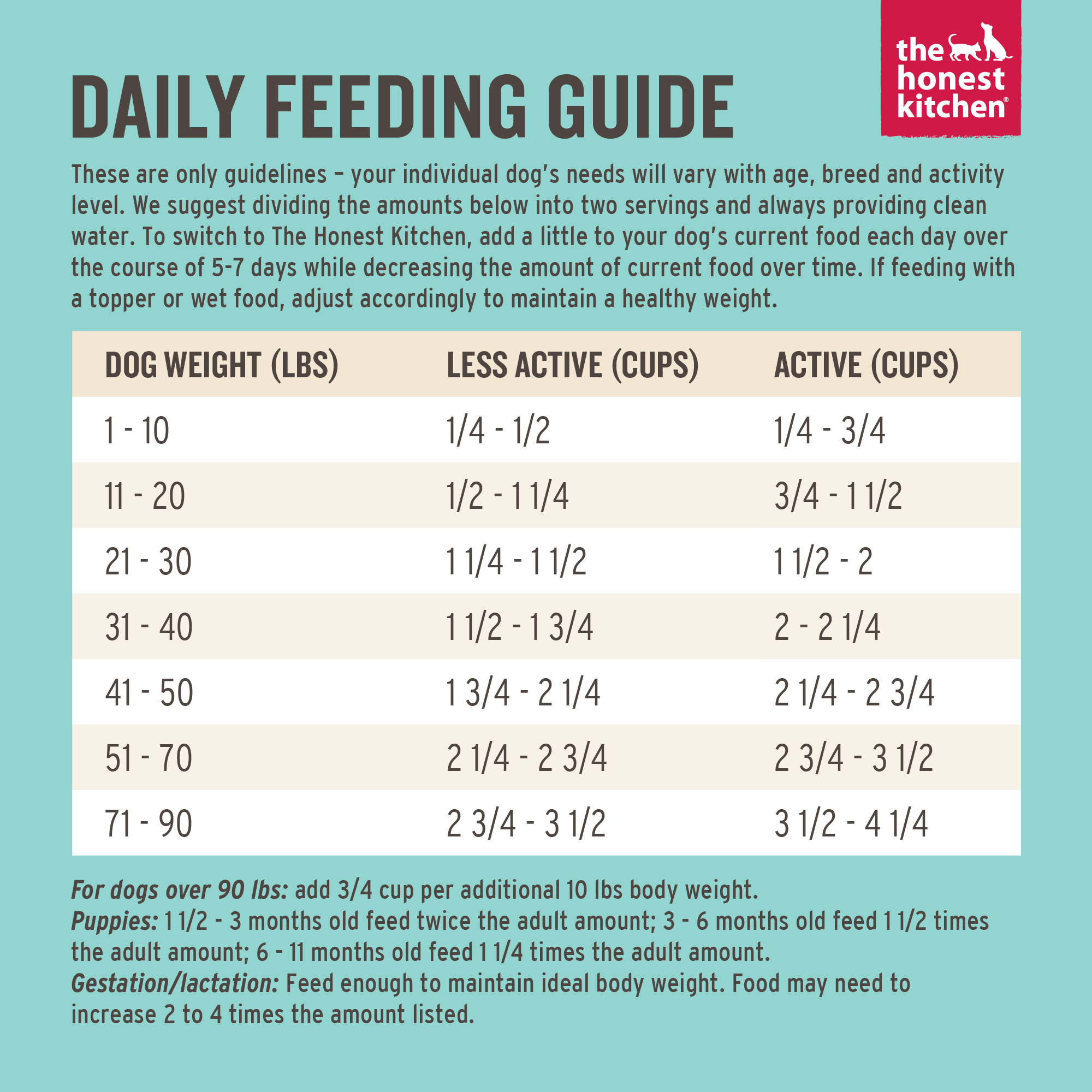

**If you are making homemade dog food for the first time, it is a good idea to start by making a small batch and see how your dog reacts to it. If your dog does not seem to like the food or if they have any



Homemade dog food amount depends on several factors, including the dog's age, weight, and activity level.

Here are some general guidelines:


- Puppies: Puppies need to eat more food per pound of body weight than adult dogs. A good rule of thumb is to feed a puppy twice as much food as an adult dog of the same weight.
- Adult dogs: Adult dogs need to eat about 2-3% of their body weight in food each day. So, a 10-pound dog would need to eat about 200-300 calories of food each day.
- Senior dogs: Senior dogs need to eat less food than adult dogs. A good rule of thumb is to feed a senior dog about 1-2% of their body weight in food each day. So, a 10-pound senior dog would need to eat about 100-200 calories of food each day.
Of course, these are just general guidelines. The best way to determine how much food to feed your dog is to talk to your veterinarian. They can help you create a customized feeding plan that meets your dog's individual needs.

In addition to the dog's age, weight, and activity level, other factors that can affect the amount of food needed include:


- Health conditions: Dogs with certain health conditions, such as kidney disease or diabetes, may need to eat a special diet that is lower in protein or fat.
- Environmental conditions: Dogs that live in hot climates may need to eat more food than dogs that live in cold climates.
- Dietary preferences: Some dogs may prefer to eat wet food, while others prefer to eat dry food. You may need to experiment with different types of food to find what your dog likes best.
When it comes to homemade dog food, it is important to make sure that the food is nutritionally balanced. You can either create your own homemade dog food recipe or use a commercial dog food recipe that has been verified by a veterinarian.

Here are some tips for making homemade dog food:


- Use fresh, wholesome ingredients.
- Cook the food thoroughly.
- Avoid adding salt, sugar, or other unhealthy ingredients.
- Make sure the food is nutritionally balanced.
If you are not sure how to make homemade dog food, talk to your veterinarian or a qualified nutritionist. They can help you create a homemade dog food diet that is safe and healthy for your dog.

Here are some additional resources on homemade dog food:


